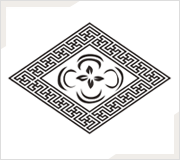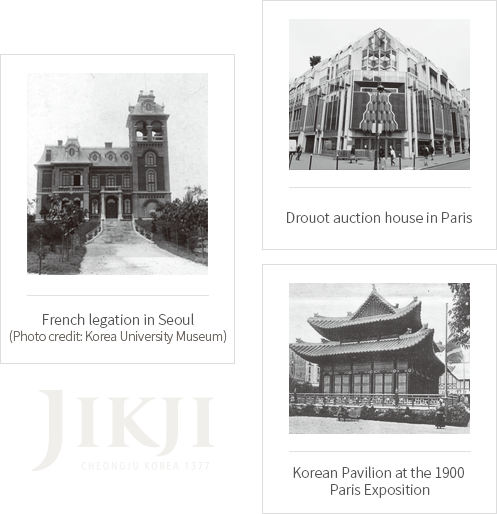- CoverRecto Verso
- InterleafRecto Verso
- Folio 2Recto Verso
- Folio 3Recto Verso
- Folio 4Recto Verso
- Folio 5Recto Verso
- Folio 6Recto Verso
- Folio 7Recto Verso
- Folio 8Recto Verso
- Folio 9Recto Verso
- Folio 10Recto Verso
- Folio 11Recto Verso
- Folio 12Recto Verso
- Folio 13Recto Verso
- Folio 14Recto Verso
- Folio 15Recto Verso
- Folio 16Recto Verso
- Folio 17Recto Verso
- Folio 18Recto Verso
- Folio 19Recto Verso
- Folio 20Recto Verso
- Folio 21Recto Verso
- Folio 22Recto Verso
- Folio 23Recto Verso
- Folio 24Recto Verso
- Folio 25Recto Verso
- Folio 26Recto Verso
- Folio 27Recto Verso
- Folio 28Recto Verso
- Folio 29Recto Verso
- Folio 30Recto Verso
- Folio 31Recto Verso
- Folio 32Recto Verso
- Folio 33Recto Verso
- Folio 34Recto Verso
- Folio 35Recto Verso
- Folio 36Recto Verso
- Folio 37Recto Verso
- Folio 38Recto Verso
- Folio 39Recto Verso
- Cover Recto
- Cover Verso
- Interleaf Recto
- Interleaf Verso
- Folio2 Recto
- Folio2 Verso
- Folio3 Recto
- Folio3 Verso
- Folio4 Recto
- Folio4 Verso
- Folio5 Recto
- Folio5 Verso
- Folio6 Recto
- Folio6 Verso
- Folio7 Recto
- Folio7 Verso
- Folio8 Recto
- Folio8 Verso
- Folio9 Recto
- Folio9 Verso
- Folio10 Recto
- Folio10 Verso
- Folio11 Recto
- Folio11 Verso
- Folio12 Recto
- Folio12 Verso
- Folio13 Recto
- Folio13 Verso
- Folio14 Recto
- Folio14 Verso
- Folio15 Recto
- Folio15 Verso
- Folio16 Recto
- Folio16 Verso
- Folio17 Recto
- Folio17 Verso
- Folio18 Recto
- Folio18 Verso
- Folio19 Recto
- Folio19 Verso
- Folio20 Recto
- Folio20 Verso
- Folio21 Recto
- Folio21 Verso
- Folio22 Recto
- Folio22 Verso
- Folio23 Recto
- Folio23 Verso
- Folio24 Recto
- Folio24 Verso
- Folio25 Recto
- Folio25 Verso
- Folio26 Recto
- Folio26 Verso
- Folio27 Recto
- Folio27 Verso
- Folio28 Recto
- Folio28 Verso
- Folio29 Recto
- Folio29 Verso
- Folio30 Recto
- Folio30 Verso
- Folio31 Recto
- Folio31 Verso
- Folio32 Recto
- Folio32 Verso
- Folio33 Recto
- Folio33 Verso
- Folio34 Recto
- Folio34 Verso
- Folio35 Recto
- Folio35 Verso
- Folio36 Recto
- Folio36 Verso
- Folio37 Recto
- Folio37 Verso
- Folio38 Recto
- Folio38 Verso
- Folio39 Recto
- Folio39 Verso
Cover Recto
直指原文(Original Text of Jikji)解说内容用英语提供。
Click the number in the image to see details on composition analysis and explanation.

- 1 “1337” is the most frequently mentioned number when we talk about Jikji. It is the equivalent Gregorian year for the Chinese regnal year Xuanguang Year 7 (宣光七年). Victor Collin de Plancy, the first confirmed owner of the book, wrote on its cover in black ink that Jikji remains the oldest surviving book printed with movable metal type, having been printed in Korea in 1377
-
2
The number 711 was written when the ownership of Jikji was transferred from Victor Collin de Plancy to Henri Vever. Collin de Plancy resided in Korea twice during the periods of 1888–1891 and 1896–1906. During these 13 years, he served as French Consul to (chargé d'affaires) to Korea, and it is said that he purchased Jikji during his second stay. He encouraged his subordinate Maurice Courant to write a bibliography of the books he collected in Korea, and later participated in the 1900 Paris Exposition. After returning to France, he donated most books he had collected from Korea, China and Japan to his alma mater, the École des LanguesOrientalesVivantes (School of Living Oriental Languages), and put the other books up for auction at the HôtelDrouot between March 27 and 30, 1911. Among his 883 auctioned books, some 700 were from Korea.
Written on a piece of paper attached to the upper left corner of the cover, 711 is the serial number used for the auction. Numbers 711–787 were assigned to ancient books, 788–789 to engravings, and 790–798 to maps. According to the auction list, some 80 items were ancient Korean books, among which 45 items, including ancient books, engravings and maps, were sold to the National Library of France at prices ranging from 3 to 135 francs. However, No. 711, Jikji, which was published during the Goryeo period, and No. 712, Platform Sutra of the Sixth Patriarch (六祖大師法寶壇經), were auctioned off to the art collector Henri Vever.
The final auction price fetched by Jikji was 180 francs. It is unclear why lot numbers 711 and 712 were picked up by him, but presumably, the book’s relatively high price deterred the National Library of France (whose maximum purchase price was 135 francs) from buying it. - 3 Typically, the title of an ancient book was decided by its owner rather than the book’s editor. The title on the cover “Jikji - Second Volume” (直指 下)was added, using a writing brush, by the then owner who attached this new cover in the 17th century.
-
4

The cover of the book features a lotus flower motif in a diagonal grid. This design feature began to appear in Korea starting from the 18th century, suggesting that the cover was newly attached much later, after Jikji was published. That is, hundreds of years after the book was printed, someone added the cover page as well as a blank sheet of paper (known as gonggyeokji) that goes between the cover and the content therein. Such modification is common among ancient books. In such cases, noticeable differences can be observed between content and blank pages in terms of the color and quality of paper used. Thus, related writings and such material evidence indicate that the cover page was replaced before the book fell into the hands of Collin de Plancy.




